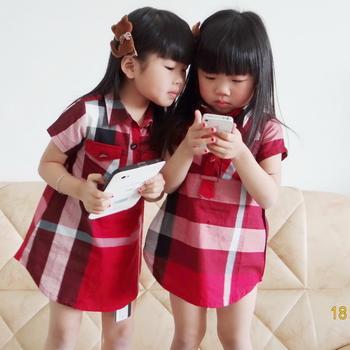Children's clothing exports must be standardized component identification
Outdoor Basketball Shoes,Adult Basketball Shoes,Lebron Mens Basketball Shoes,Youth Boys Basketball Shoes Huaying Shoes Co. Ltd , https://www.hya3shoes.com Recently, a company in Nantong, Jiangsu Province reported on a batch of baby diapers exported to the United States for a total of 7,500 sets, for a total amount of 27,000 US dollars. After being sampled and tested by the inspection and quarantine department, it was found to be unqualified. The reason for the disqualification was that the fiber content was inconsistent.
Recently, a company in Nantong, Jiangsu Province reported on a batch of baby diapers exported to the United States for a total of 7,500 sets, for a total amount of 27,000 US dollars. After being sampled and tested by the inspection and quarantine department, it was found to be unqualified. The reason for the disqualification was that the fiber content was inconsistent.
The U.S. Textile Fiber Identification Act requires that any textile fiber products imported into the United States should be shown on the label. If the label is incorrectly labelled or the advertisement is false, according to the Federal Trade Act, it can be considered unfair competition and there is fraud. The requirements for labeling components of textile fiber products in the Implementation Regulations of the Textile Fiber Products Identification Act: First, the names or registration numbers of the origin, processors, wholesalers, and retailers. The second is the standardized fiber name and fiber content, arranged in terms of fiber content (the fiber content of two components and above is allowed to be 3%, and the single fiber has no content tolerance). Third, some decorative materials can be free of signs (studs, labels, decorative tapes, etc.). Fourth, when the surface area of ​​the decorative material is less than 15%, specific components and ratios may not be marked, but the contents of “except decorations†must be added. Fifth, clothing fabrics, linings and filling materials should be marked separately. Different organizational structures can also be marked separately. Sixth, the pile fabrics can be marked separately or as a whole. If the composition and content of fluff and base fabric are separately stated, the overall composition and content must be noted.
It is understood that the batch of baby diapers is divided into 4 layers, of which the surface fabric components are marked as 70% bamboo pulp fiber, 28% cotton, 2% polyester, but the measured fiber composition is 43% bamboo pulp fiber, 31% cotton, 26% Polyester, which does not conform to the logo. The inspection and quarantine department has ordered the company to carry out rectification, and the company has enough time to re-customize the label, and all products will be released after being reworked.
It is reported that at the beginning of this year, four US retailers, Amazon, LeonMax, Macy's, Sears, and their subsidiary, Kamart, also misjudged the use of textiles as a mislabelling of rayon as bamboo fiber. Targeted product information and misleading consumer behavior violated the US Textile Components Labeling Act and the Federal Trade Commission’s Textile Regulations, which paid the US Federal Trade Commission a total of US$ 1.26 million in fines.
In the United States, the four textile labeling provisions described in the legal text apply to all textiles, yarns, fabrics, clothing products, curtains, and curtains, and other home textiles in the U.S. market. Japan, Australia, Canada, and the European Union and other developed countries all impose mandatory requirements on the labels of textile fibers, and China also has detailed provisions in GB5296.4. Therefore, the use of textile labels must be supervised at the legal level.
According to the survey, there are some reasons for the inconsistency between the identification of fiber components and the actual products. The first is that many apparel companies currently customize clothing labels according to customer requirements. Some labels are directly provided by customers. Enterprises often neglect the verification of the conformity of labels and physical products. Work, and the diversity of labeling texts does make it difficult for companies to verify their work. Second, fabric procurement personnel have insufficient understanding of the importance of ingredients, neglecting the inspection of ingredients, and a few unscrupulous traders have to reduce production costs, and at the same time achieve the purpose of bullying customers or consumers, posing as high-grade fibers with low-grade fibers, or expanding high-grade fibers. proportion. Third, a small number of enterprises have insufficient knowledge of the laws and regulations of the importing country. In order to win over customers, they are still catering to the unreasonable demands of customers in a situation where they knowingly identify the identity and the physical object.
In order to avoid unnecessary economic losses in the future, inspection and quarantine authorities must remind production companies to master the international technical regulations and standards concerning the labeling of fiber components, and to standardize the labeling of exported clothing according to the requirements of the importing country, and correctly mark the fiber content, type, and conformity with the physical substance. The proportion of fiber components, content, to guard against trade risks.